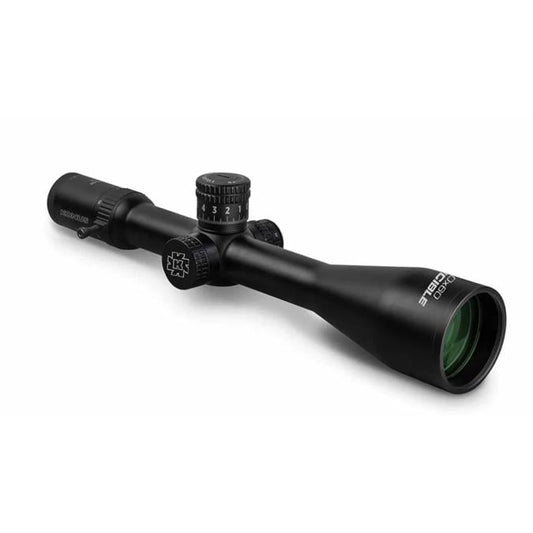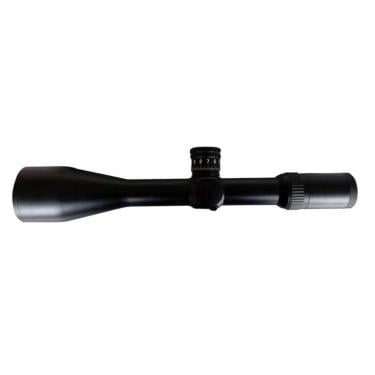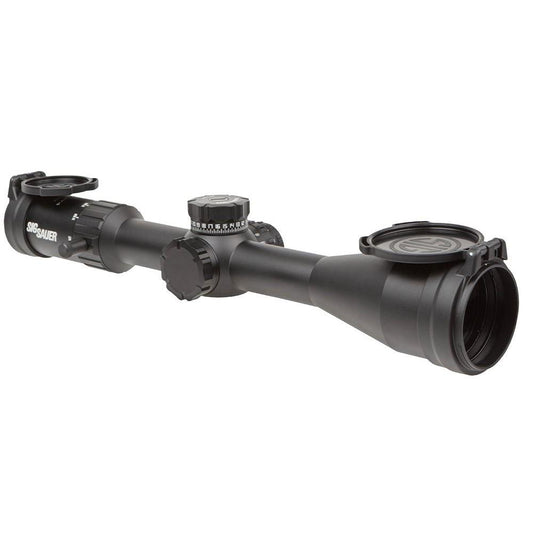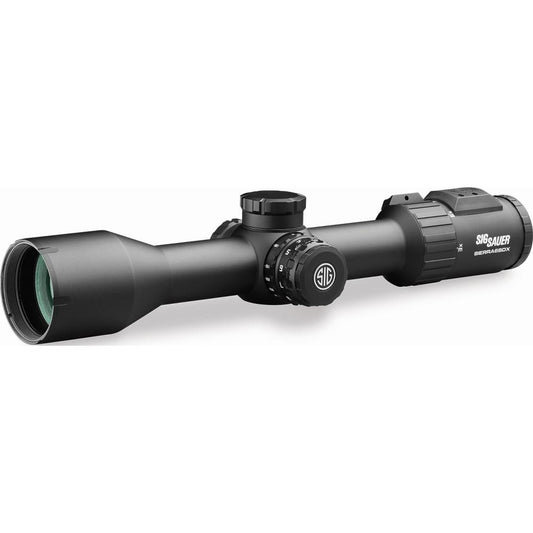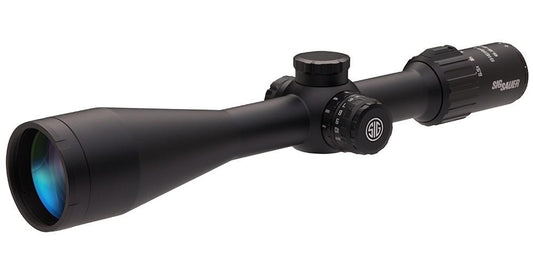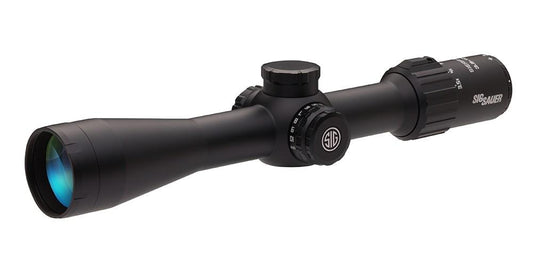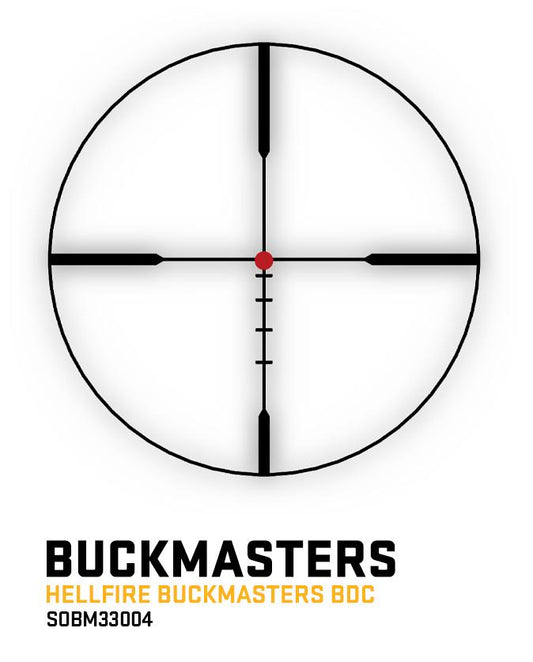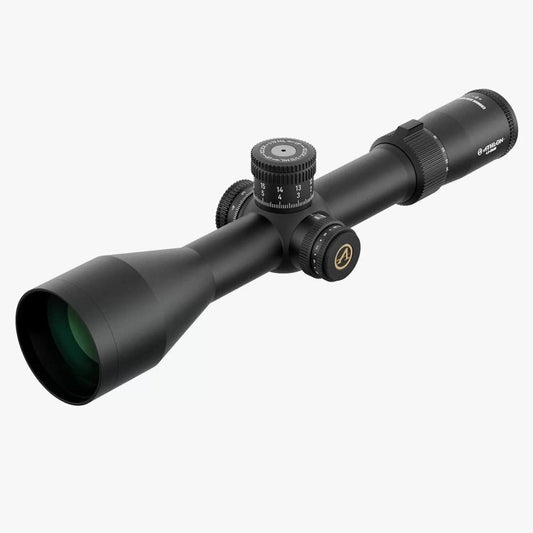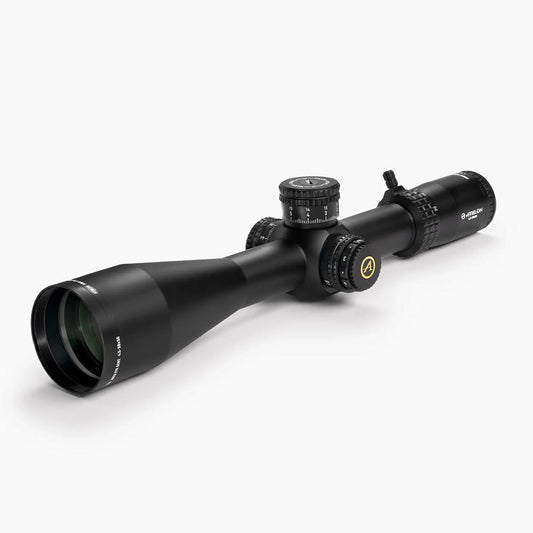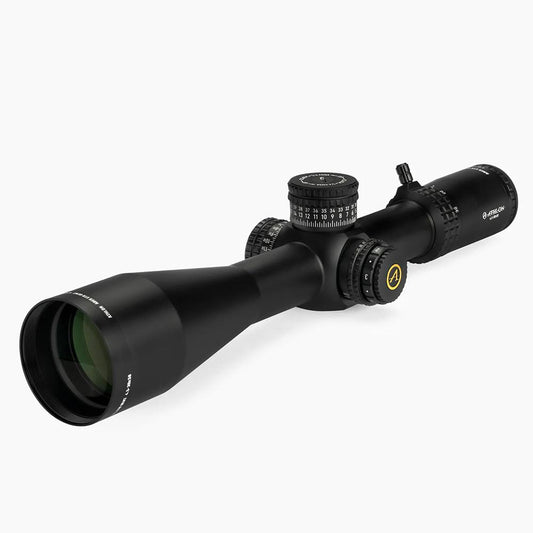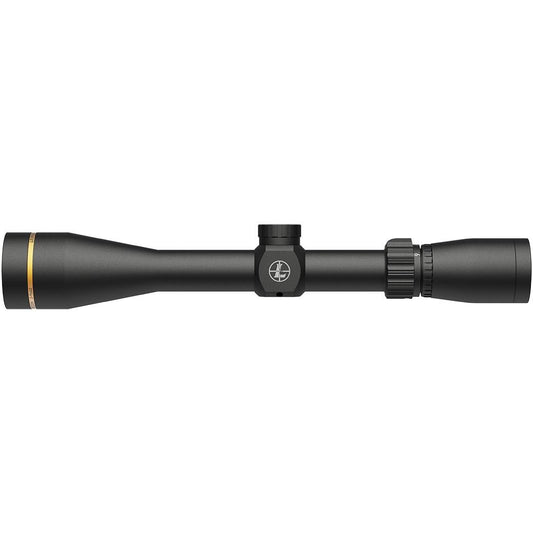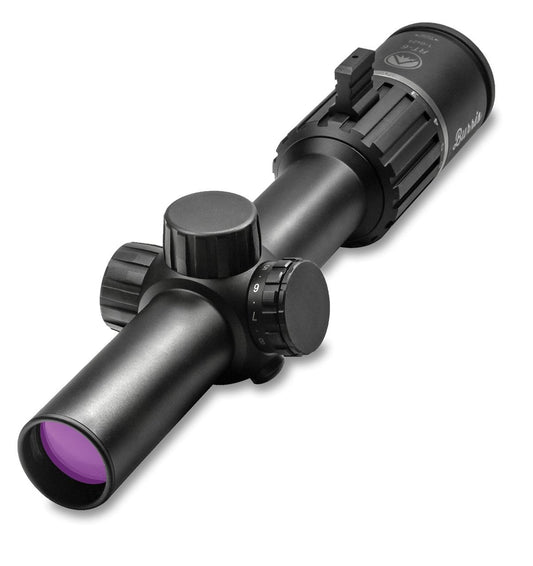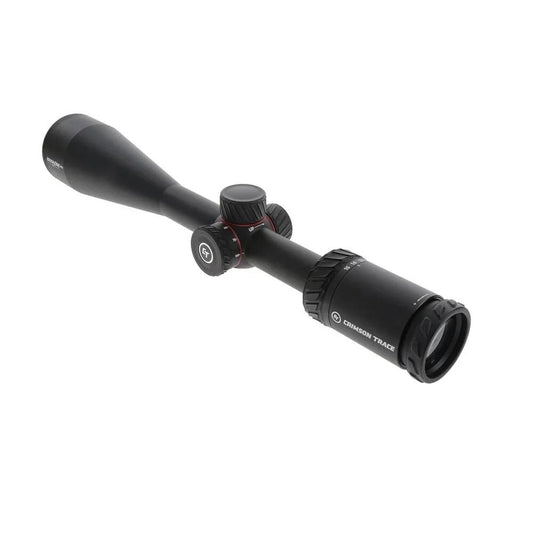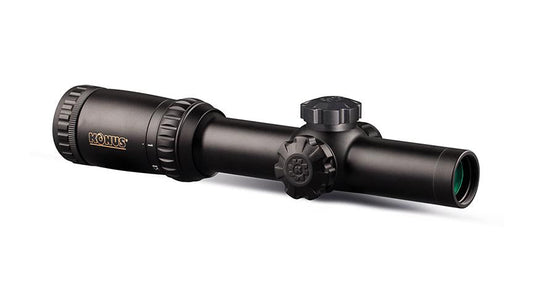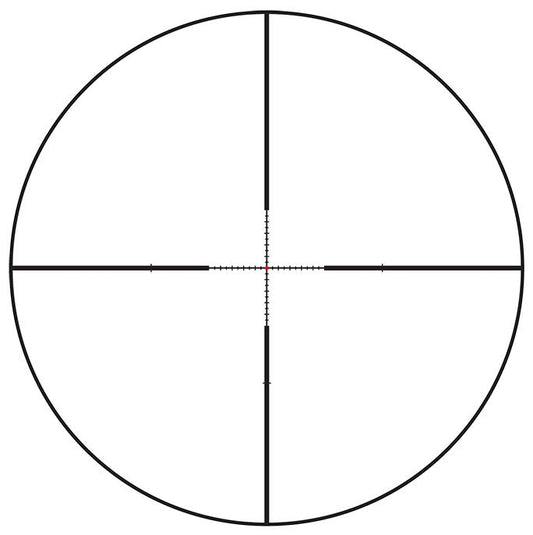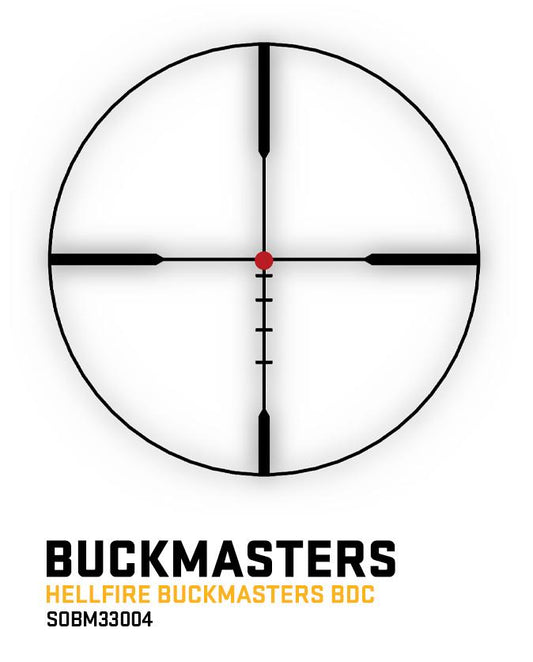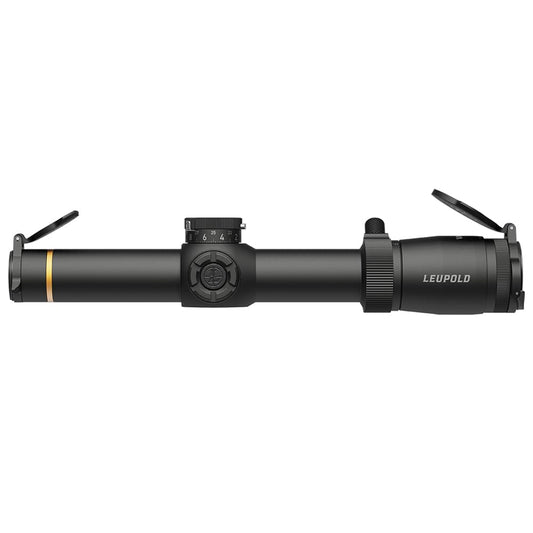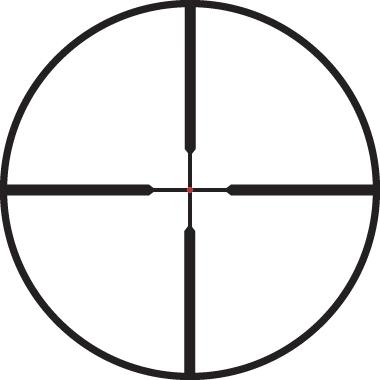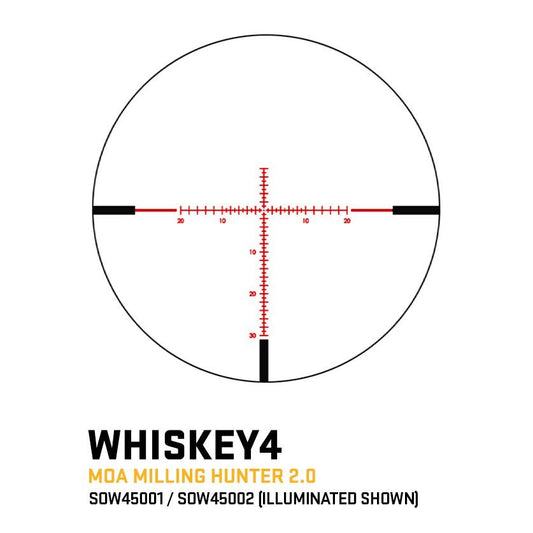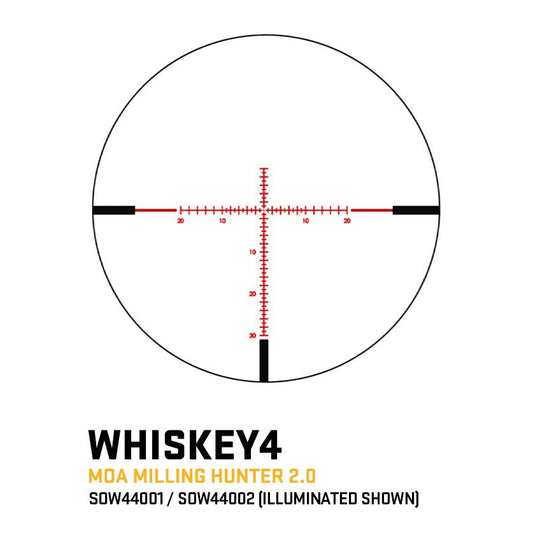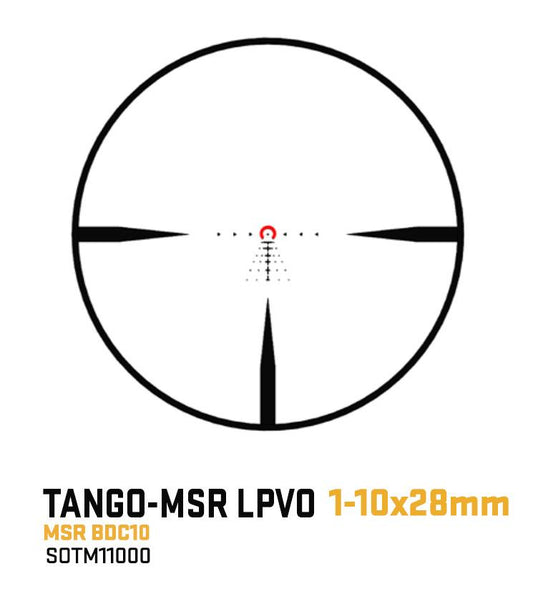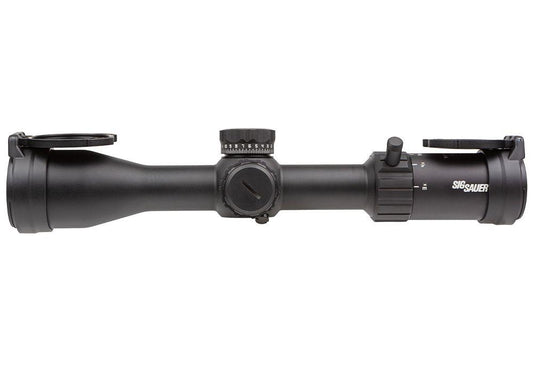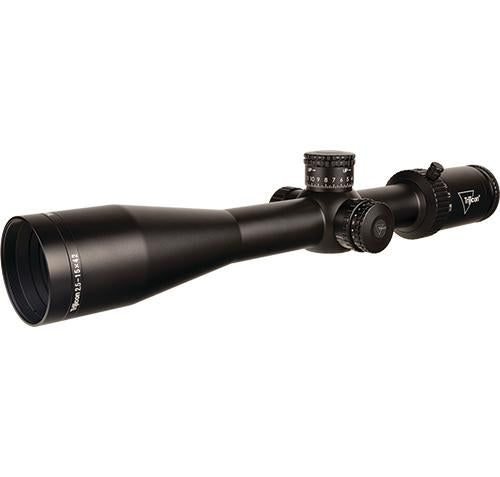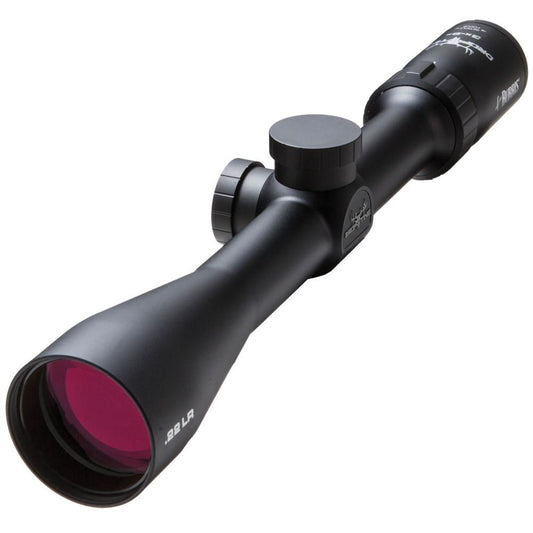Centerfire Rifle Scopes – Top Brands for Precision
- Featured
- Best selling
- Alphabetically, A-Z
- Alphabetically, Z-A
- Price, low to high
- Price, high to low
- Date, old to new
- Date, new to old
- Featured
- Best selling
- Alphabetically, A-Z
- Alphabetically, Z-A
- Price, low to high
- Price, high to low
- Date, old to new
- Date, new to old
Konus Invincible Rifle Scope 5-50x60 34mm SFP Fine Crosshair Illum. Black
Sig Sauer Sierra6 BDX 3-18x44mm Rifle Scope SFP BDX-R2 Reticle Illuminated Black
Sig Sauer Buckmasters Rifle Scope 3-9x40 1'' Maintube Illum Hellfire BDC
Athlon Cronus BTR GEN2 UHD Rifle Scope 4.5-29x56 34mm FFP APRS6 IR MIL Illum. Black
Athlon Ares ETR Gen 2 UHD Rifle Scope 4.5-30x56 34mm FFP APRS12 MIL Illum. Black
Athlon Ares ETR Gen 2 UHD Rifle Scope 4.5-30x56 34mm FFP APLR12 MOA Illum. Black
Leupold VX-Freedom Rifle Scope 3-9x40 1" SFP Hunt-Plex Non Illum. Black
Crimson Trace Brushline Pro 4-16x50mm Rifle Scope 30mm SFP BDC PRO
Sig Sauer Buckmasters Rifle Scope 3-9x50mm 1'' Maintube Illum Hellfire BDC
Leupold VX-6HD Gen 2 Rifle Scope 1-6x24 (30mm) CDS-SZL2 Illum. FireDot Duplex
Sig Sauer Whiskey 4 Rifle Scope 3-12x44 30mm SFP BDC-1 Non-Illum Black
Sig Sauer TANGO-MSR LPVO Rifle Scope 1-10x26 34mm FFP BDC-10 Illum Black
Looking for the best centerfire rifle scopes? You've come to the right place. Our carefully curated collection features top brands known for their precision and reliability. Whether you're a seasoned hunter or a shooting enthusiast, finding the right scope can significantly enhance your experience.
Explore our selection to discover high-quality optics designed to meet your specific needs. From long-range accuracy to quick target acquisition, these scopes are built to perform under various conditions, ensuring you hit your mark every time.
Top Brands for Precision
We offer a range of trusted brands renowned for their innovative technology and craftsmanship. Each scope in our collection has been selected for its performance, durability, and user-friendly features. You'll find options suitable for all skill levels, ensuring that you make an informed choice.
Enhanced Shooting Experience
Investing in a quality centerfire rifle scope can elevate your shooting game. Our products provide clear optics and sturdy construction, allowing you to focus on your target without distractions. Browse our collection today and find the perfect scope that fits your needs!

